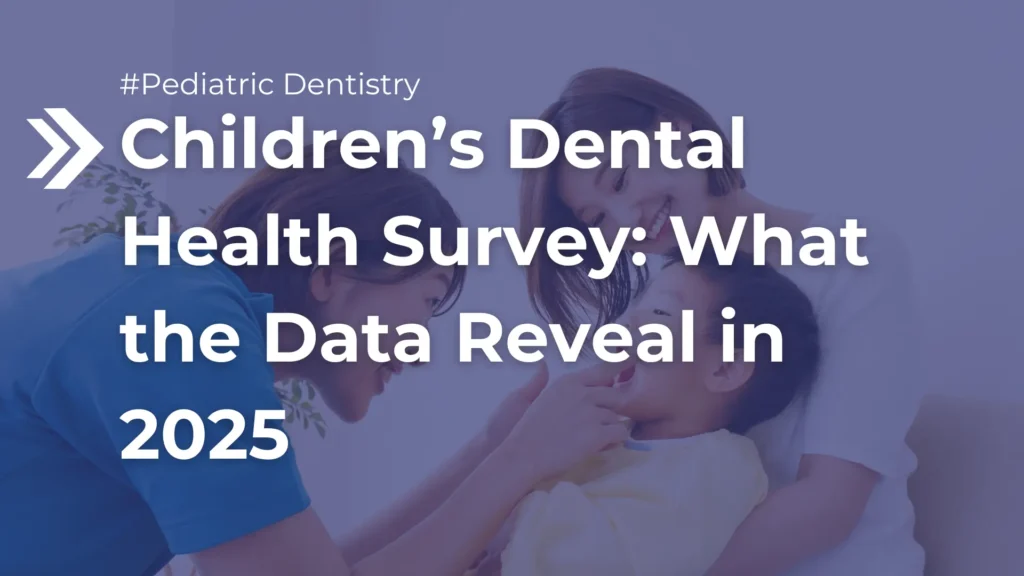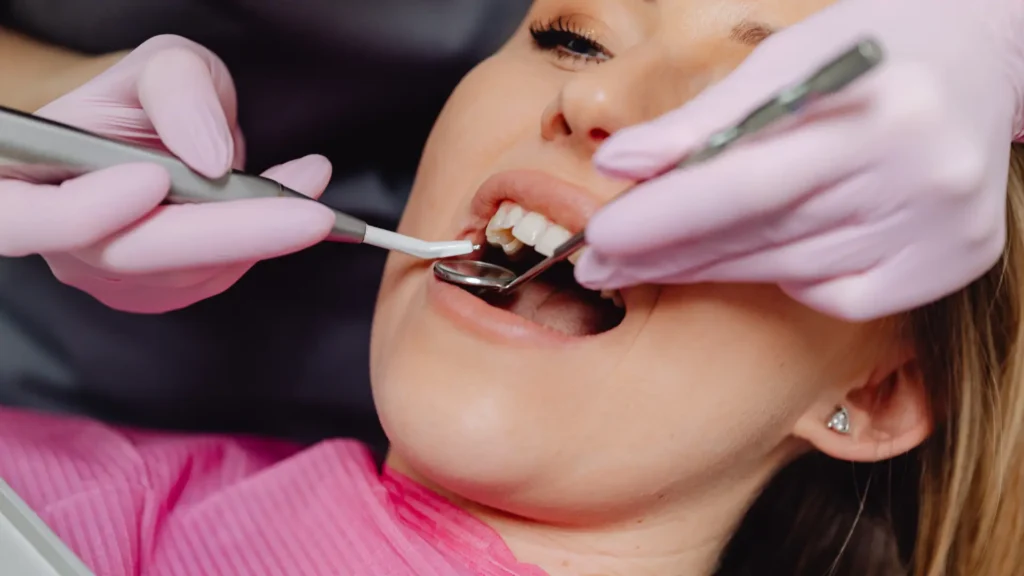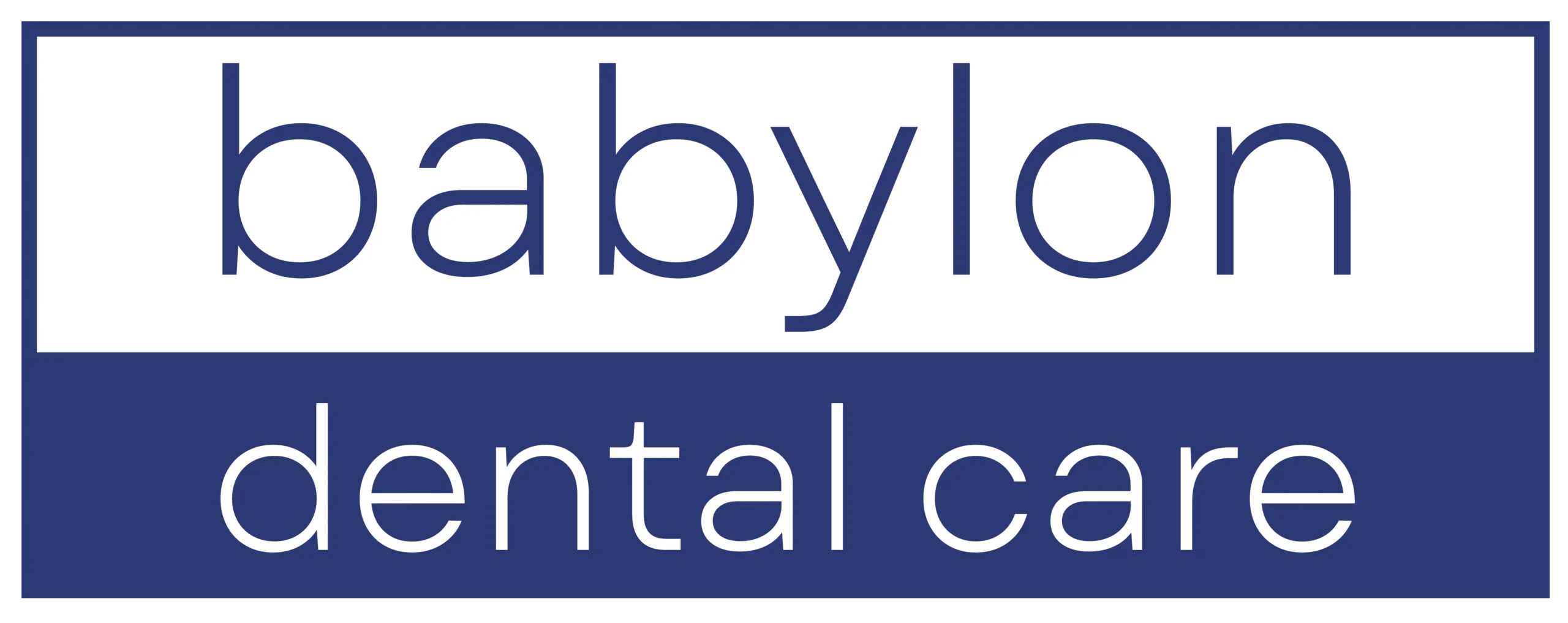
At Babylon Dental Care, we believe nothing is more valuable than a child’s smile. Providing children with the necessary resources to maintain their oral health not only helps them stay healthy throughout their lives but also fosters a sense of self-confidence.
Unfortunately, pediatric dental health surveys from 2025 indicate that children’s oral health continues to face numerous challenges. These challenges impact some communities more than others, but they exist everywhere, and no child is immune. Protecting your child’s smile begins with understanding what the data reveals about children’s oral health.
Key Statistics and Findings on Children’s Oral Health
The C.S. Mott Children’s Hospital’s recent National Poll on Children’s Health reveals some interesting (and sometimes alarming) patterns in children’s dental health statistics, including:
More than 1 in 3 Children Do Not Brush Enough
To maintain excellent oral health, children should brush their teeth twice daily for at least two minutes. Unfortunately, according to recent data, a significant number of children don’t meet these requirements.
The children’s dental health survey found that 64% of parents say their child brushes twice a day. 59% of parents say their children brush for at least two minutes. That means that one in three children doesn’t brush frequently enough, and more than two out of every five don’t brush long enough.
Even Fewer Children Floss Enough
A toothbrush can’t reach some of the areas of the mouth where plaque and bacteria love to hide. That’s why flossing daily is essential for protecting your smile. The poll found that only 23% of parents say their child flosses regularly. That’s less than 1 in every 4.
More Than 1 in 3 Children Face Oral Health Issues
Thirty-six percent of parents reported their child had oral health issues in the last two years. That includes cavities, discolored or stained teeth, tooth pain, tooth sensitivity, and gum problems. The data showed a negative correlation between these issues and children with strong oral hygiene habits. Only 28% percent of children who performed 4-6 oral hygiene practices on all or most days suffered from these issues, while that number rose to 44% for children who performed 0-1 practices.
Nearly 9 out of 10 Children Have Regular Dental Visits
While many of the poll’s findings were alarming, some were reassuring. Eighty-nine percent of parents reported that their child had visited a dentist within the past year. Those numbers are substantial, and they bode well for the oral health of future generations. Dentists can perform oral exams and cleanings to detect any issues early and maintain your child’s healthy smile. They can also offer advice and answer questions that can help your child build strong oral hygiene habits.
School Programs and Access to Dental Care for Children
Access to dental care, including both preventive and corrective services, can significantly impact children’s oral health outcomes. Unfortunately, some communities have far less access than others, and the children of those communities often suffer the most because of it.
The good news is that school dental health programs and community efforts can often bridge the gap for these kids. For example, school sealant programs can provide children with dental sealants, typically at no cost. These state-coordinated programs send licensed dentists to schools to perform pediatric oral health assessments on kids around ages 6-11. The dentist will check for dental sealants and apply them for free if the child has a signed permission slip.
Dental sealants protect young teeth from cavities by covering the chewing surfaces with a protective coating. Considering that the National Poll on Children’s Health found that 29% of kids have cavities, sealant programs can make a tremendous difference for kids in America.
Trends and Disparities in Pediatric Dental Health

National children’s dental health data clearly show oral health disparities among children based on income and healthcare access:
- A CDC poll showed 18% of children aged 2-5 with tooth decay came from high-poverty households. Only 6.6% of them came from low-poverty households.
- The 2024 CDC Oral Health Surveillance Report found that only 37% of children ages 6-11 received dental sealants on permanent molars. Rates were far lower in rural and lower-income areas.
- A recent study showed that oral health in children ages 6-11 has steadily improved, but progress is slower for lower-income households. One noted reason for this is a shortage of dental health professionals in certain areas of the country.
Contact Babylon Dental Care Today
Your child’s oral health depends on you. Regular dental visits from a young age can establish a foundation for a lifetime of good health, happiness, and oral hygiene. The team at Babylon Dental Care is dedicated to improving children’s dental health awareness and protecting the next generation’s smiles. Contact us online or call (631) 983-6665 today to schedule your appointment.
